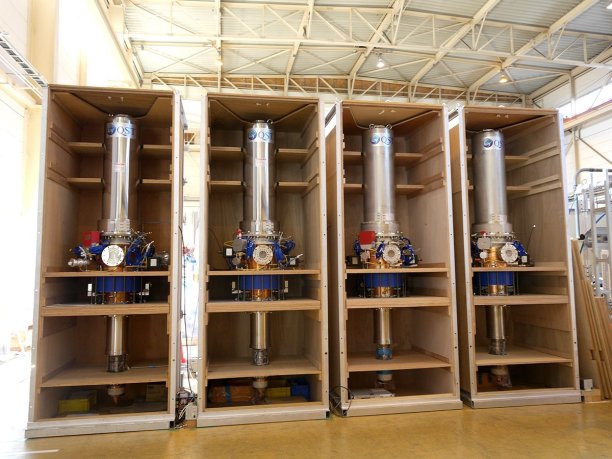
Microwave
Electromagnetic radiation with wavelengths ranging from millimetres to tens of centimetres. Microwaves lies between infrared and radio waves. Because they propagate straight and can be easily focused into a beam, it is widely used for point-to-point communication. Microwave radiation is used, for example, by wireless networks, remote controls, radar, microwave ovens or for communication by space satellites. Weather radars take advantage of the fact that water droplets reflect microwaves, so they can be used well to detect clouds. Because transmission over wires is difficult in the case of microwaves, metal tubes called waveguides are used to conduct them. The sources of microwaves are magnetrons, klystrons or gyrotrons. In thermonuclear fusion research, microwaves are used for additional plasma heating.




